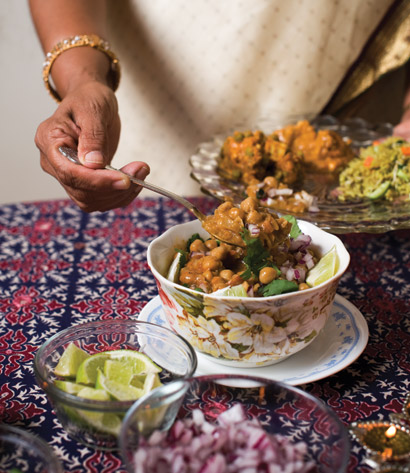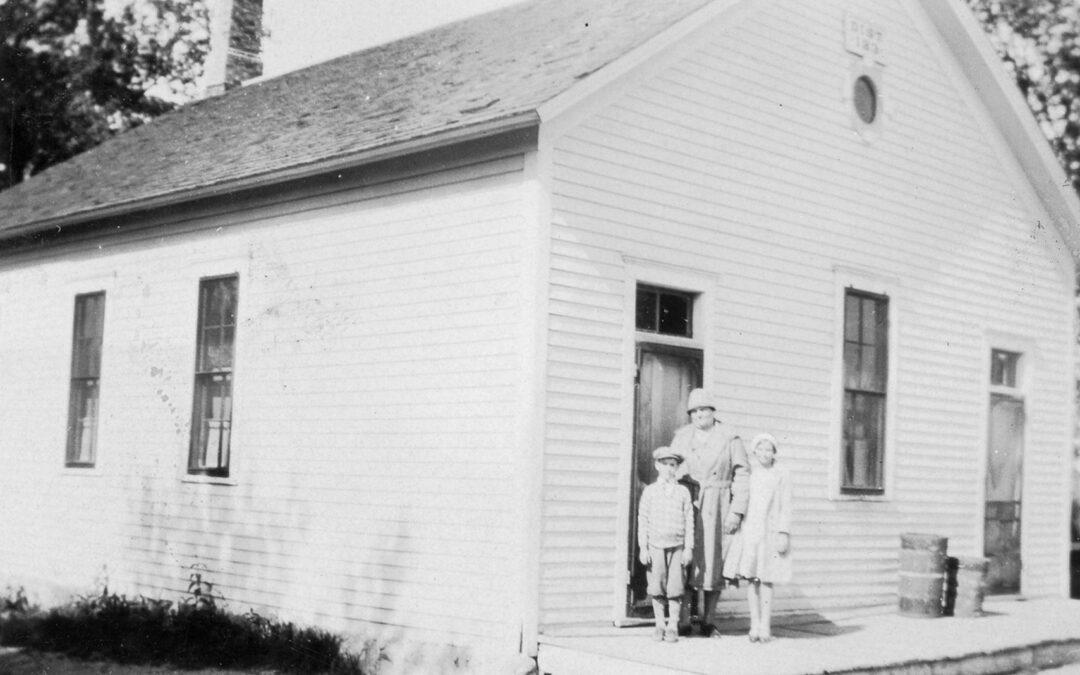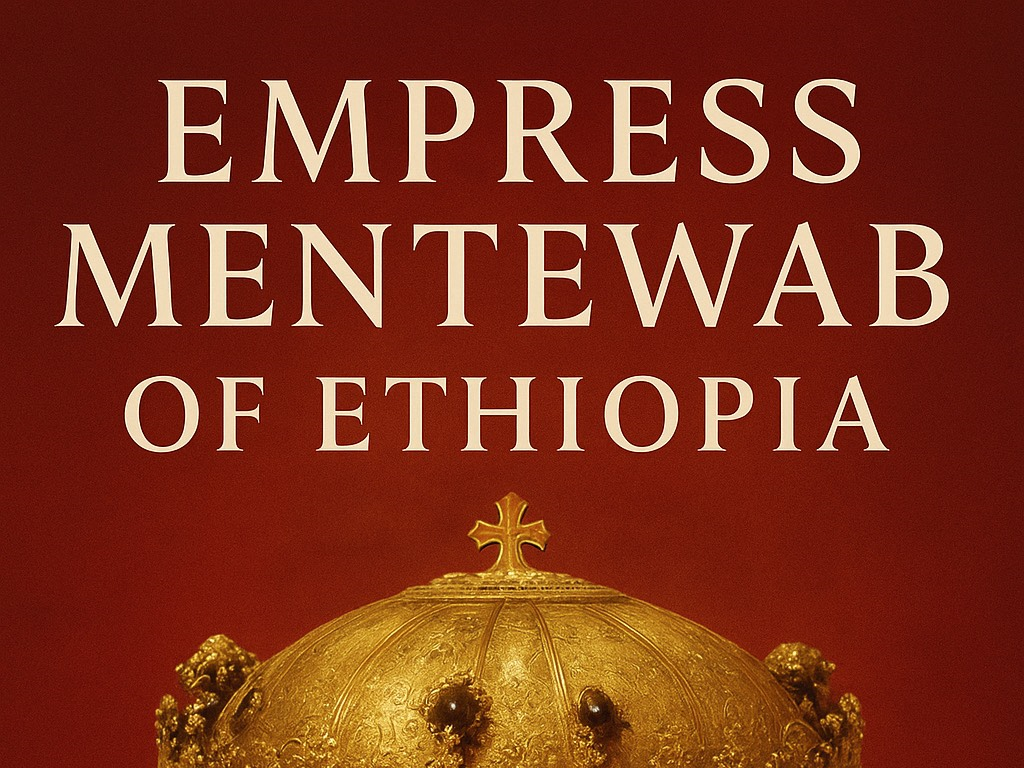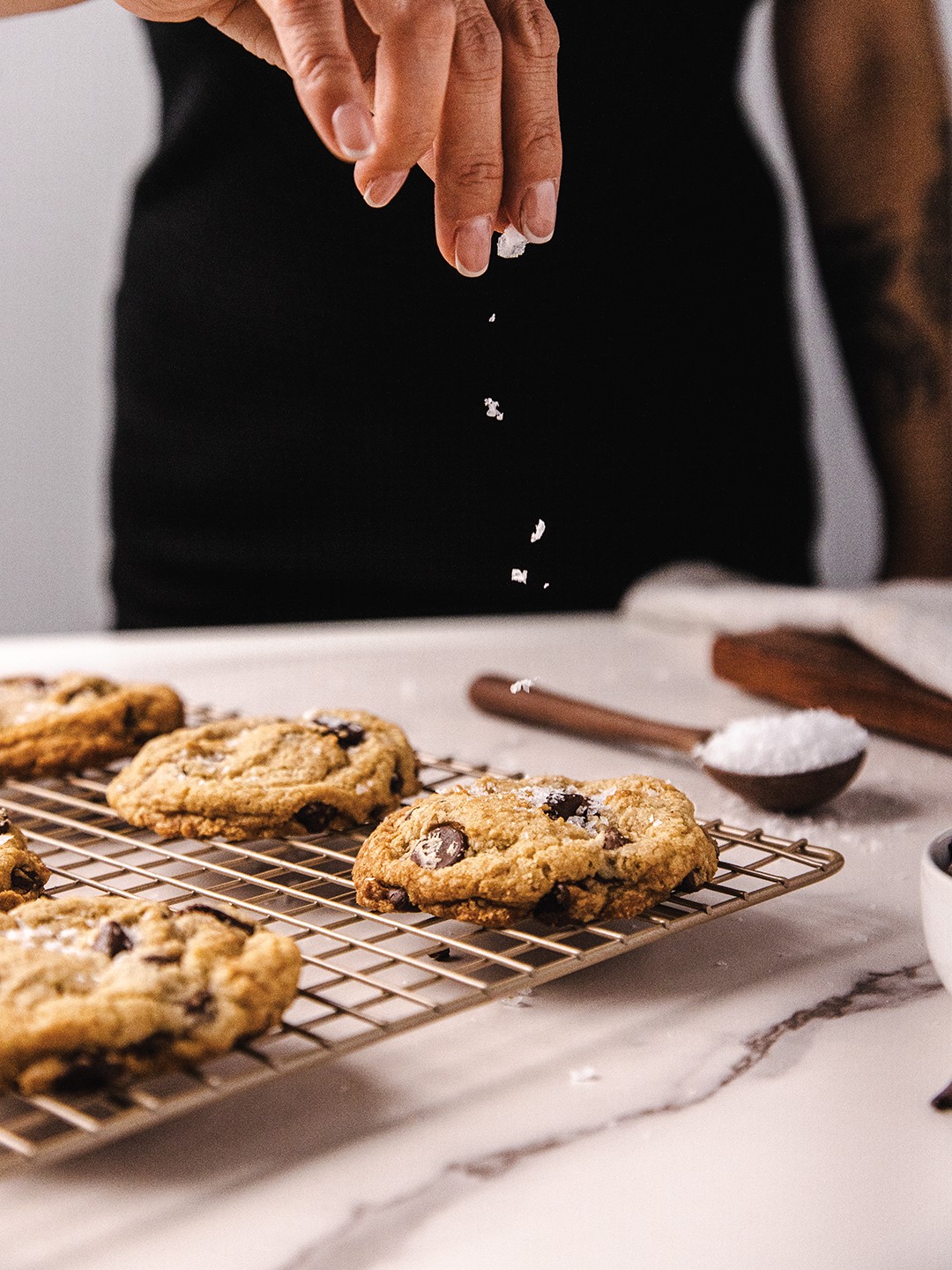
Arbanzo dish known as chole garnished with fresh chopped onions, cilantro and fresh lime. Photo: Emily J. Davis
Celebrating Diwali in Plymouth.
World-renowned Indian musician and Plymouth resident Nirmala Rajasekar speaks highly of Diwali, the Indian festival of lights, which she celebrates every year with her friend and fellow Plymouth resident, Leela Venkataramanan, who throws a much-anticipated party for 40-odd guests.
Rajasekar hails from Chennai in the southern part of India and has been in this country for 19 years. Venkataramanan grew up in northern India and has been a Minnesota resident of seven years. “To me, Diwali brings back memories of a family reunion. Once we are away from our homeland, friends take the place of family,” Venkataramanan says.
Rajasekar sees Diwali as an opportunity to teach others about Indian culture. “Diwali is a community event. It gives us a sense of our place in society, family, friendships,” Rajasekar says, adding Diwali easily crosses boundaries of geography and religions. “Even non-Hindu friends celebrate Diwali with us. My Christian friends come to the Diwali party, because they know there will be food galore.”
From the social perspective, it’s true that the “festival of lights” could well be called the “festival of food,” with the northern Indian food she prepares being a familial connector, a powerful memory trigger and even rife with spiritual significance. Irresistible finger foods, like samosas (a stuffed pastry appetizer), keep the mood at Venkataramanan’s parties buzzing. These fried tender cones of dough stuffed with raisins, cashews, potatoes and peas, are full of heady spices—chili, ginger, cilantro—then dipped in a sweet-savory chutney.
Venkataramanan might also prepare a sumptuous vegetable biryani, a fragrant basmati rice dish overflowing with cauliflower, green beans, carrots and a dizzying array of spices: turmeric, bay leaf, ginger, coriander, cardamom and several kinds of chili powder. A dash of cloves adds an intriguing sweet note; the dish becomes luxuriously rich with the addition of yogurt and saffron-infused milk.
But it’s the sweets that are the indisputable stars of the show, exchanged between families throughout the five-day holiday and also offered to the goddess Lakshmi in prayer. Venkataramanan hopes that her annual Diwali party encourages guests to “reminisce about the past and feel that they are back in India with family.” She rents a sound system for the fete, and guests sing and dance to music that the younger generation might not recognize. Predictably, décor includes a lot of lights. Venkataramanan buys traditional terra cotta lamps, and colorful Christmas lights snake around railings and up staircases, with candles adorning every surface. “We make sure that there is no darkness in any corner of the house,” she says. Each guest receives a goody-bag with a homemade delicacy like Gulab Jamun, a deep-fried dessert made from milk, sugar, ghee (clarified butter) and cardamom.
She prepares south Indian food, too, and makes a dizzying array of dishes, like idli (steamed rice cakes) with sambar (curry lentil soup) and coconut chutney. Party-goers cherish her labor-intensive vobattu (stuffed sweet pastries). There are always spicy snacks, and friends bring dishes, perhaps a cabbage curry, to share. “There is so much food spread out on her counter. It is very, very spacious,” says her friend Sudha Ramprasad, “just like Leela’s heart.” Visit plymouthmag.com for the recipes to these and other Indian delicacies.
What is Diwali? Diwali is a contraction of Deepavali, which means “row of lamps” in Sanskrit. Also called the “festival of lights,” Diwali is the most important of Indian holidays. It occurs between October and November, according to the lunar days of the Hindu calendar. Diwali marks the end of harvest season and welcomes Lakshmi, the goddess of good fortune, into homes. People clean their houses, light lamps to fend off evil spirits and begin the new season on an auspicious note.
The festival is celebrated over a period of five days; each day has different significance in Indian mythology. The abundance of food celebrates the richness to come, and the light represents the light within the self. Lighting lamps represents dispelling ignorance. “We light many lamps to remove veils that cloud our beliefs,” Nirmala Rajasekar says. “It’s so fun, yet it has such deep meaning.”
Diwali Concert 11 a.m. November 2Hennepin County Library in Plymouth, 15700 36th Ave. N.612.543.5825hclib.org
The cost is free; tickets will be given on first come, first served basis at 10:45 a.m. while space permits.
Nirmala Rajasekar will perform the 5,000-year-old Panchatantra, an important piece of Indian literature about life’s value systems. The narration is in English; the audience brings it to life with a sing-along. Rajasekar’s 16-year-old daughter, Shruthi, a scholar of classical Indian music, will perform with her.
Indian Recipes:
GULAB JAMUN (A dessert)
Serve warm with ice cream.
Ingredients
- 1 cup + 2 Tbsp. milk powder
- 1 Tbsp. maida (refined flour)
- ¼ tsp. baking soda
- ½ tsp. green cardamom powder
- 4 tsp. ghee (clarified butter); extra to deep-fry in
- 1 cup sugar
- Water
- Citric acid
Method
Heat together sugar and 1 cup of water. When the sugar has melted, add a pinch of citric acid. Remove the foam from the top, and cook to a clear syrup; keep warm. Heat sufficient ghee in a kadai (a large, deep round cooking pot with handles) until just warm, and set aside on low heat. Mix milk powder, refined flour, baking soda and green cardamom powder with 4 tsp. ghee and 1 Tbsp. water; knead into a soft dough. Divide into 16 equal portions, and roll each one into a smooth ball. Gently slide the balls into the ghee. Deep fry on low heat until they float to the surface, stirring gently. Increase the heat, and fry further until they turn golden brown. Drain and soak in warm syrup.
CHOLE (Spicy chickpea curry)
Ingredients
- 1 cup chickpeas (garbanzo beans)
- 1 Tbsp. tea leaves
- 2–3 amla (dried Indian gooseberry)
- 5 Tbsp. oil2 medium onions, chopped
- 4–6 green chilies, slit
- 2 potatoes, cubed
- 1 ½ tsp. chana masala (spice mix)
- 1 cup tomato puree
- Salt
Method
Drain the chickpeas, and place them in a pressure cooker with four cups of water. Tie tea leaves and amla in a muslin cloth to form a bundle and add it to the cooker. Cook under pressure for six to eight whistles (Indian pressure cookers release steam periodically and whistle when they do so) or till the chickpeas are completely cooked and soft. Drain the chickpeas, and reserve the cooking liquor. Discard the bundle of tea leaves and amla. Heat 2 Tbsp. oil in a pan, and sauté onions and green chili until lightly browned. Heat the remaining oil in another pan, and fry the potato cubes until golden. Add chana masala to the onions, and continue to sauté for half a minute. Add tomato puree, and sauté for 3 minutes. Add chickpeas, and salt to taste. Add cooking liquor as desired, and simmer briefly, about 3 to 4 minutes. Transfer the chole into a serving bowl, place the fried potatoes over the top, and serve hot with naan (Indian bread)
SAMOSA (appetizer)
Ingredients
- 2 cups maida (plain flour)
- 4 Tbsp. oil
- Pinch of salt
Filling:
- 1 Tbsp. oil
- 1/2 cup finely chopped onions
- 1 cup boiled, peeled and mashed potatoes
- 1 cup boiled green peas
- 2 Tbsp. roughly chopped cashew nuts
- 2 Tbsp. raisins
- 1/2 tsp. green chili paste
- 1/2 tsp. ginger paste
- 1 Tbsp. sugar
- 2 tsp. lemon juice
- 2 Tbsp. chopped cilantro
- Water
- Salt
Samosa Dough
Combine flour, oil and salt in a bowl, and knead into a firm dough using just enough water. Divide the dough into 6 equal portions, and roll each portion into a 5-inch by 2-inch oval. Set aside.
Filling
Heat the oil in a pan, add the onions and sauté till they turn translucent. Add all the remaining ingredients, except the coriander, and mix well. Cover and cook for 5 minutes on a slow flame. Remove from the flame, add the coriander and mix well. Divide the mixture into 12 equal portions and set aside.
Method
Divide each samosa dough oval into 2 halves. Make a cone from each part, and stuff it with 1 portion of the filling. Seal the edges carefully using a little water. Repeat with the remaining ovals and filling to make 11 more samosas. Heat the oil in a wok, and deep-fry the samosas on a slow flame until golden brown. Drain on absorbent paper. Serve hot with chutney of your choice.
VEGETABLE BIRYANI
Serve hot with a raita (cucumber and yogurt) of your choice.
Ingredients
- 1 medium carrot, cut into ½ inch pieces
- 10–12 cauliflower florets
- 15 french beans, cut into ½ inch pieces
- ¼ cup shelled green peas
- 1 ½ cup basmati rice, soaked
- 3 Tbsp. oil
- 2 bay leaves
- 5-6 cloves
- 1-inch stick cinnamon
- 4–5 green cardamom
- 1–2 black cardamom
- 1 ½ Tbsp. ginger-garlic paste
- 1 tsp. turmeric powder
- 1 Tbsp. coriander powder
- 1 Tbsp. red chili powder
- 2 green chilies, finely chopped
- ½ cup yogurt
- 2-inch piece ginger, cut into thin strips1 cup deep-fried onions
- ½ tsp. garam masala powder
- A few fresh mint leaves, chopped
- A few strands of saffron, mixed in ¼ cup milk
- Salt
Method
In a pot, add oil; when oil is hot, add bay leaves, cloves, cinnamon, green cardamoms and black cardamoms, and sauté till fragrant. Add onions, and sauté. Add carrot, cauliflower and beans, and sauté. Add ginger-garlic paste, and sauté for 3–4 minutes. Add turmeric powder, coriander powder, red chili powder and green chilies, and mix well. Add 3 cups water, drained rice, and mix. Add salt, and mix. Cover the pot, and let it come to a boil. Add green peas, cover, and cook. When the rice is almost done, add yogurt, saffron milk, a few mint leaves, ginger strips, deep-fried onions and garam masala powder, and mix lightly. Cover, and cook till done.






















